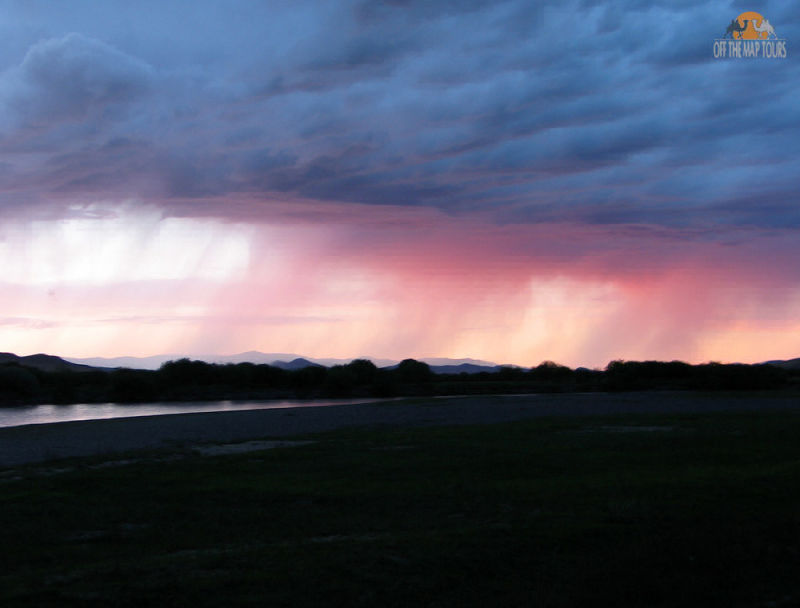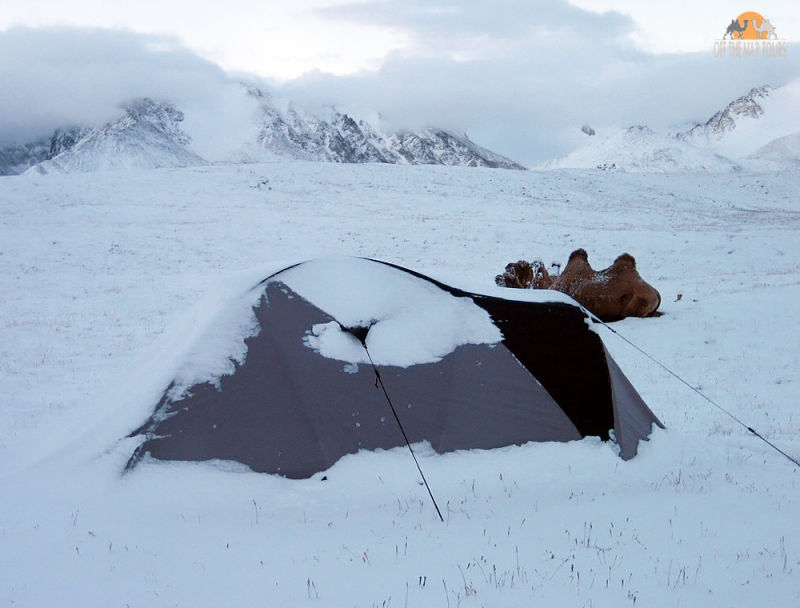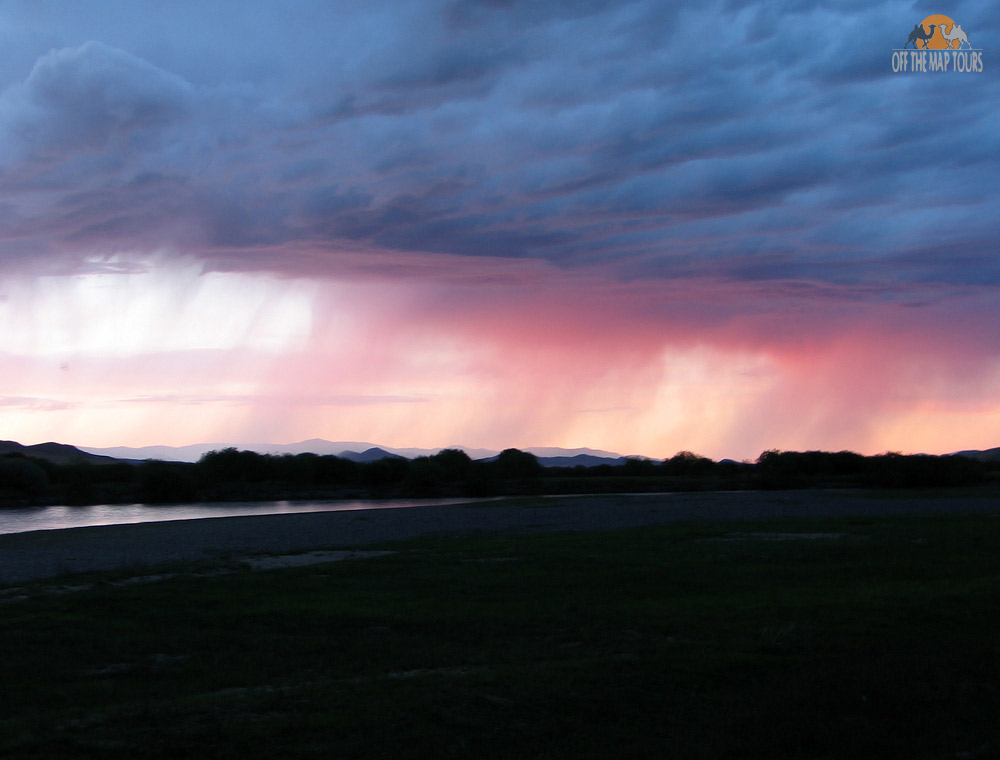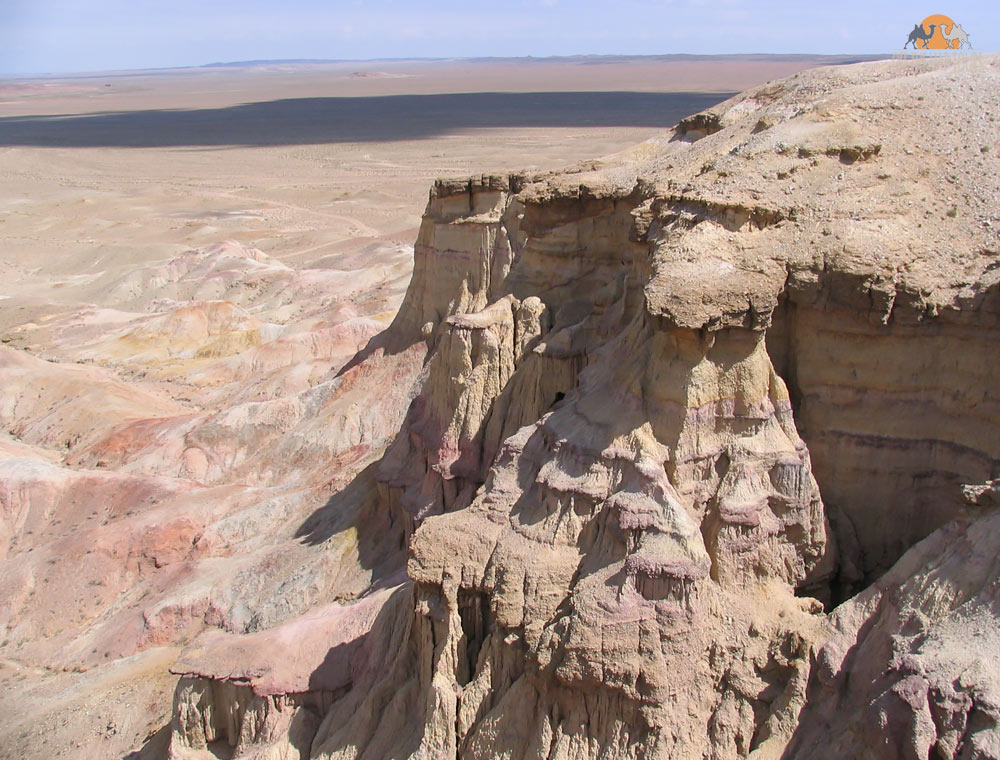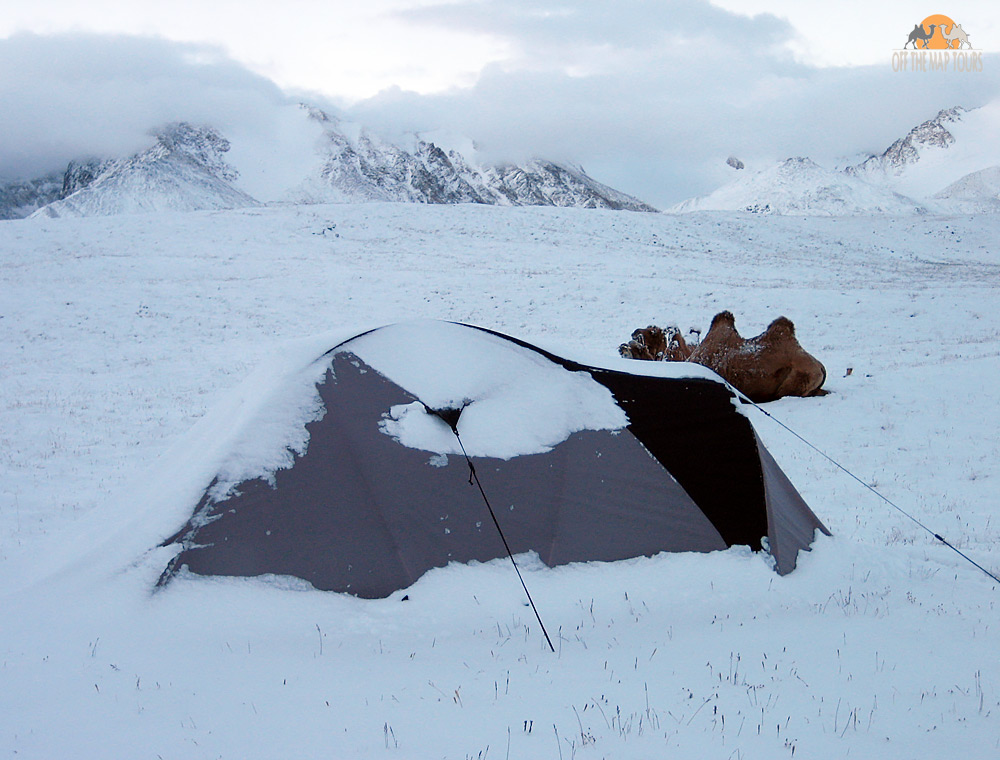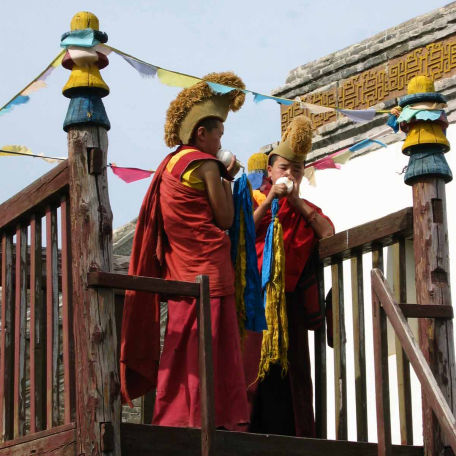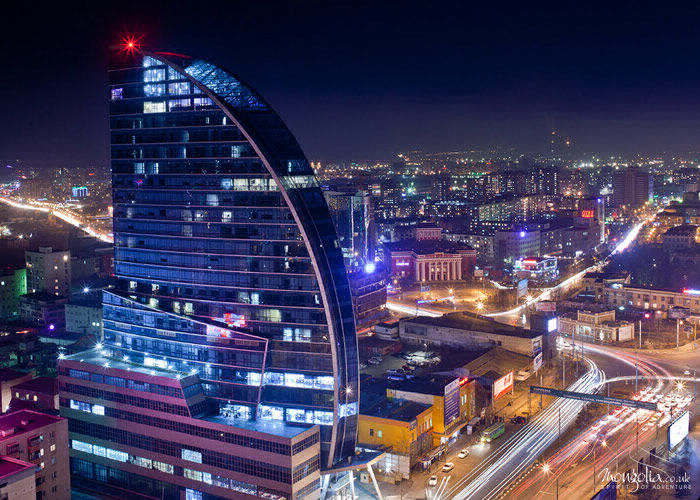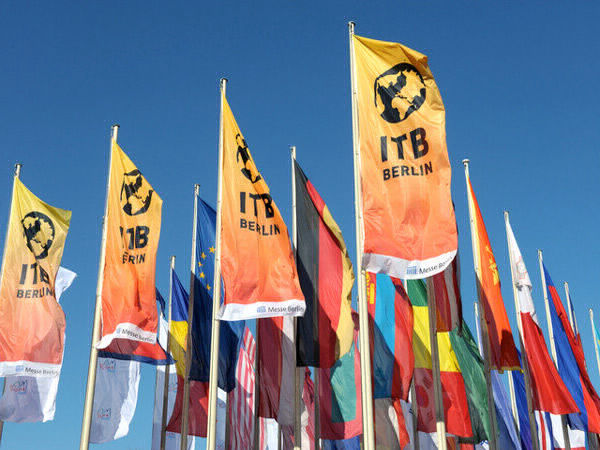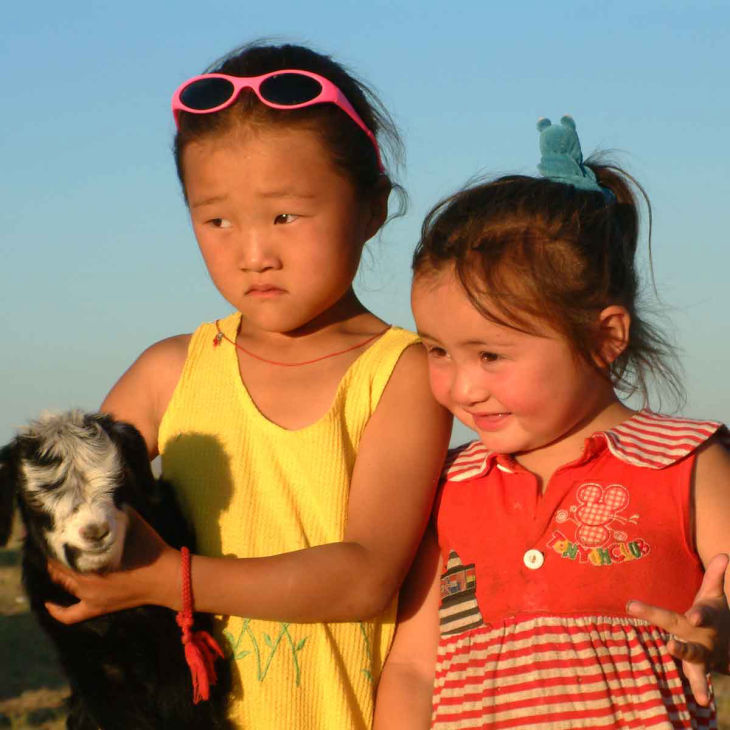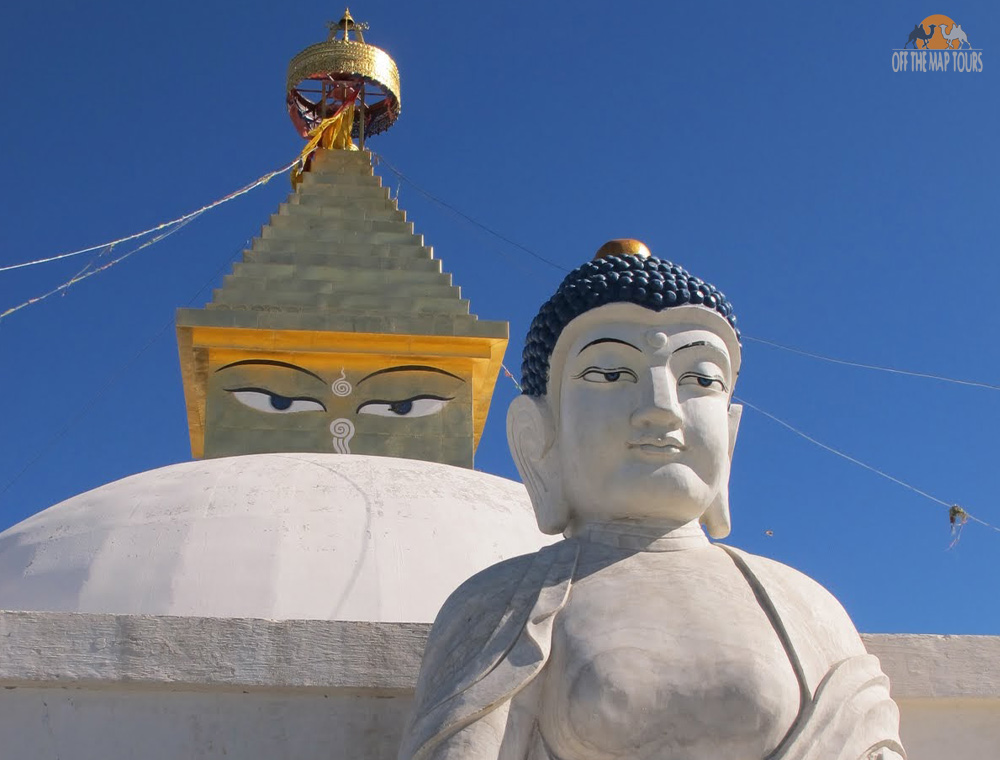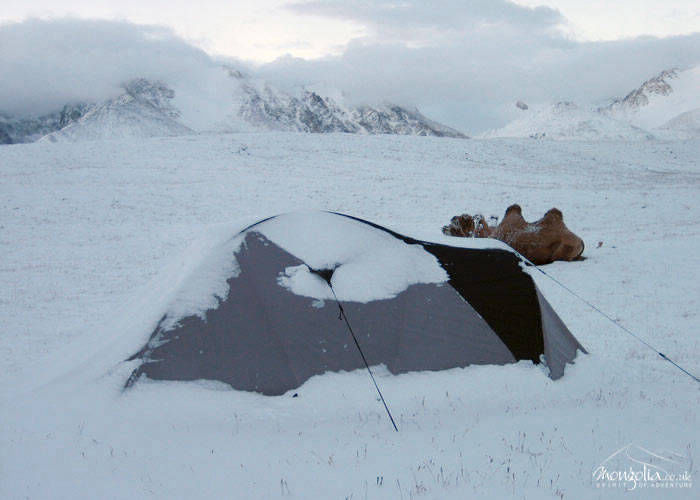
Discover New and Old
A thrilling experience and opportunity to enjoy an ancient culture, with magnificent scenery and challenging trails to complete the trip.

No Other Company Delivers Like Us
From our bikes, to the back-up vehicles, logistics and support, you will enjoy the trip of a lifetime with guaranteed quality.

Wondering Where To Go
For Your Next Motorbike Trip ?
Enjoy the breathtaking contrast between desert, steppe & mountain scenery whilst we take care of your comfort, safety and all the logistics.

Escape Your Comfort ZoneWith Adventure
Push yourself to go out of your comfort zone by accepting the challenge, and you will reap the rewards.

A Magnificent Horse Riding Adventure
Truly become one with nature as you travel across the country by horse. We guarantee a special experience.

We Promise You A Unique Trip
The landscape, the route and our bikes means you will always have something special to enjoy.




